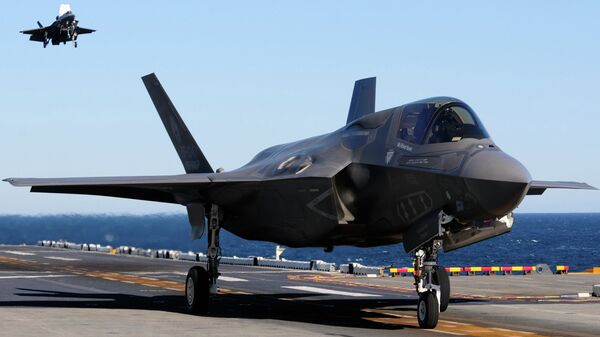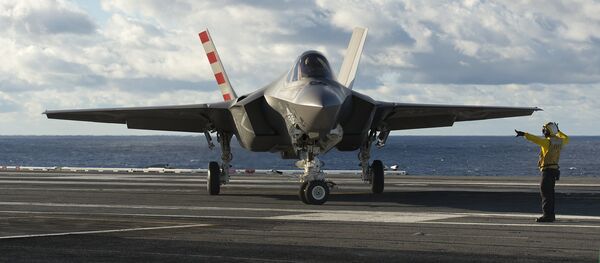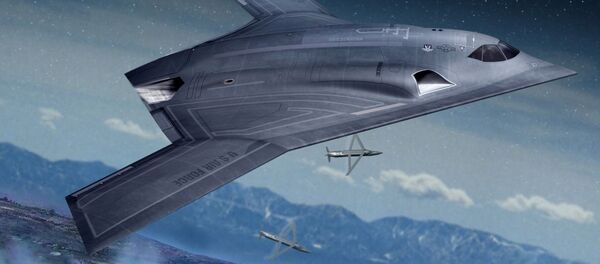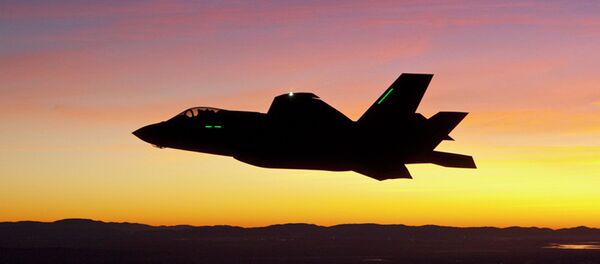The most expensive military weapon in history, Lockheed Martin’s F-35 fighter has seen its share of setbacks. Yet, despite reports of faulty mechanics, cyber vulnerabilities, and inferiority when compared to its predecessors, the F-35 is still high on the Pentagon’s shopping list.
"[J]ust because it can’t out-turn an F-16, or just because it can’t go as fast, we are absolutely confident that [the] F-35 will be a war-winner," Deputy Defense Secretary Robert Work said in November, according to Defense One.
"That is because it is using the machine to make the human make better decisions."
But as the Pentagon prepares to buy thousands of jets over the next two decades, it must also fund development of a new Long Range Strike-Bomber (LRS-B). That aircraft is desperately needed to replace the Air Force’s aging fleet.
"It demonstrates our commitment to our allies, and our determination to potential adversaries, making it crystal clear that the United States will continue to retain the ability to project power throughout the globe long into the future," Defense Secretary Ashton Carter said of the bomber in October, adding that the LRS-B represented "a strategic investment in the next 50 years."
As President Obama presents his military spending budget for 2017, defense officials are privately debating which project is more important.
"The F-35A and [the bomber] are almost certainly on a collision course," Todd Harrison, a budget analyst at the Center for Strategic and International Studies, told Defense One. "The problem now is it does not look like we have a buildup of that [Reagan-era] magnitude on the horizon in the defense budget. We’re not going to see the budget increase by 30 percent in the near future here."
The Air Force plans to build 100 new bombers, expected to cost between $80 billion and $111 billion. It also plans to spend over $25 billion on 200 F-35s over the next four years. With spending caps in place, the defense budget – though still massive – isn’t the behemoth it used to be.
"The bomber versus [F-35] fight is one that is taking place inside the building right now," Mackenzie Eaglen of the American Enterprise Institute told Defense One.
Adding to the debate is the fact that the US Air Force also plans to spend heavily on a number of other aircraft in the coming years. Boeing has developed a new KC-46 refueling tanker and, given that the Air Force’s current fleet of tankers dates back to the 1950’s, these planes are in even greater demand than the LRS-B.
"The tanker is in a different category in the debate because the F-35 is useless without the tanker and the LRS-B…still needs tanking," Harrison said.
Hoping to buy 60 new tankers by 2020, the Air Force estimates that this program will cost some $15 billion.
"The problem now is we’ve got three massive programs that are overlapping almost perfectly in time. This is really the perfect storm for aircraft modernization," Harrison said. "I think we’re going to see a prolonged battle among these programs and these companies. It’s gonna get nasty."





